risingsun
Ideal_Rock
- Joined
- Dec 19, 2006
- Messages
- 5,549
ChunkyCushionLover said:Thank you for your explanation, ccl. This makes sense to me. I am used to reading ASETs for RB H&A diamonds and needed some information about the type of stones under discussion. As Garry mentioned, in his post above, the ASET could be very helpful in assessing a fancy stone, but the evaluator must understand what they are seeing in the ASET. Would anyone like to write a journal article on this topic?...or we could sticky this thread!
I am working on something for Cushions but I want to use embedded videos and I'm not sure what is supported yet on pricescope so it is a long term work in progress.
For now I think this tutorial sums up what I was saying about the ASET. ASET reference chart
Thanks for the referral to the reference chart. I will wait, with interest, for your journal article


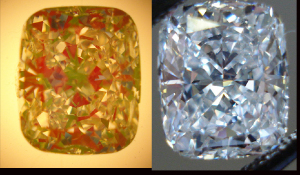
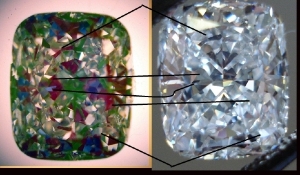
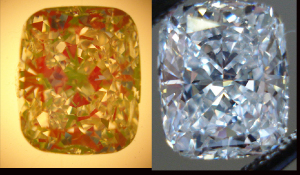



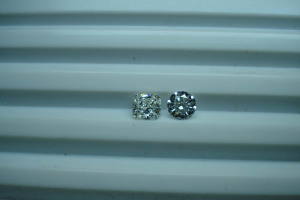

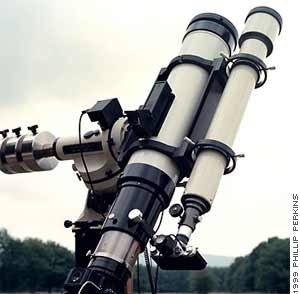

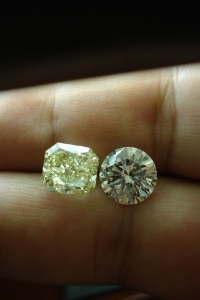
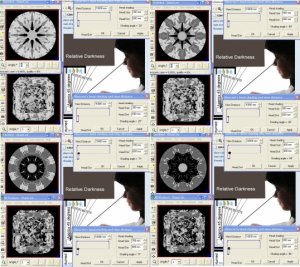


300x240.png)